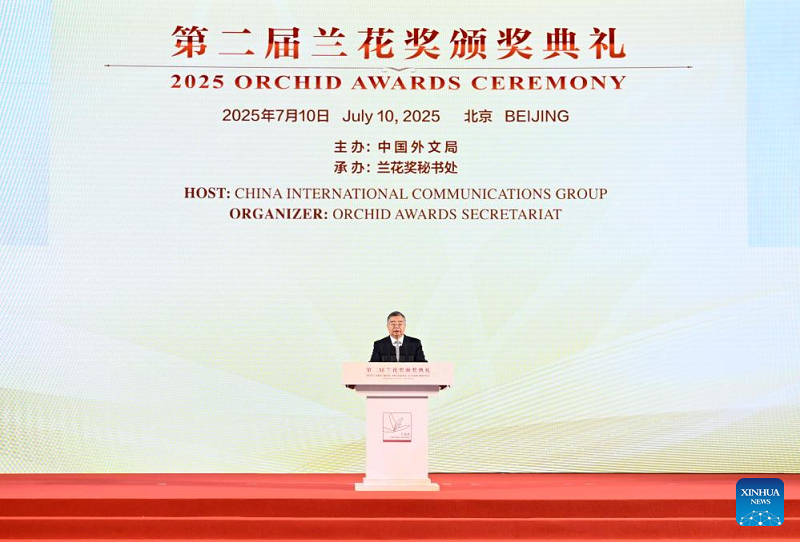
The second Orchid Awards ceremony was held in Beijing on Thursday.
09:19, 07-11, 2025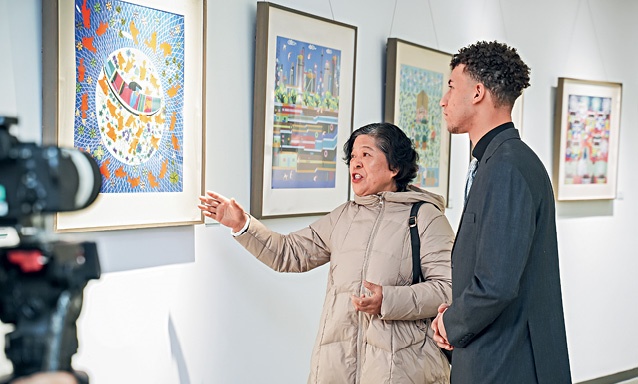
France's Barbizon School of art finds commonalities in China's landscape painting and rural art, showcasing the universality of creativity.
14:54, 07-03, 2025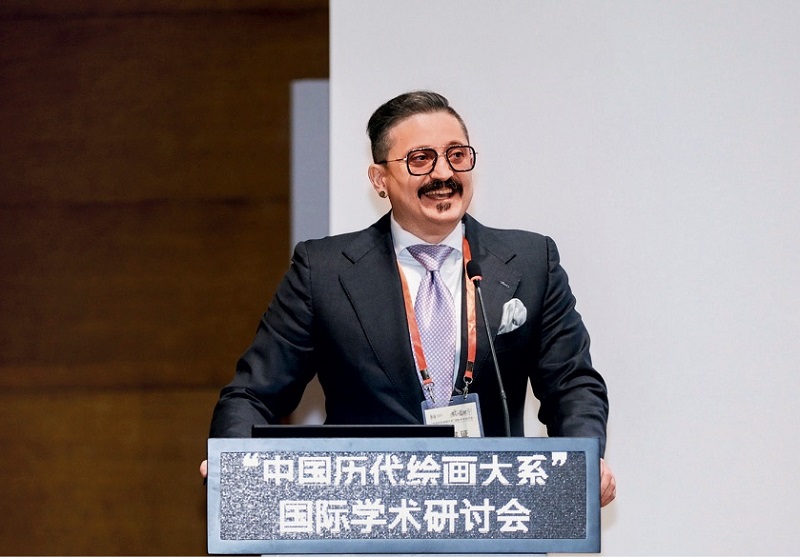
An Italian scholar fulfills his potential in China, by being aligned with the country's vibrant cultural development.
10:45, 06-03, 2025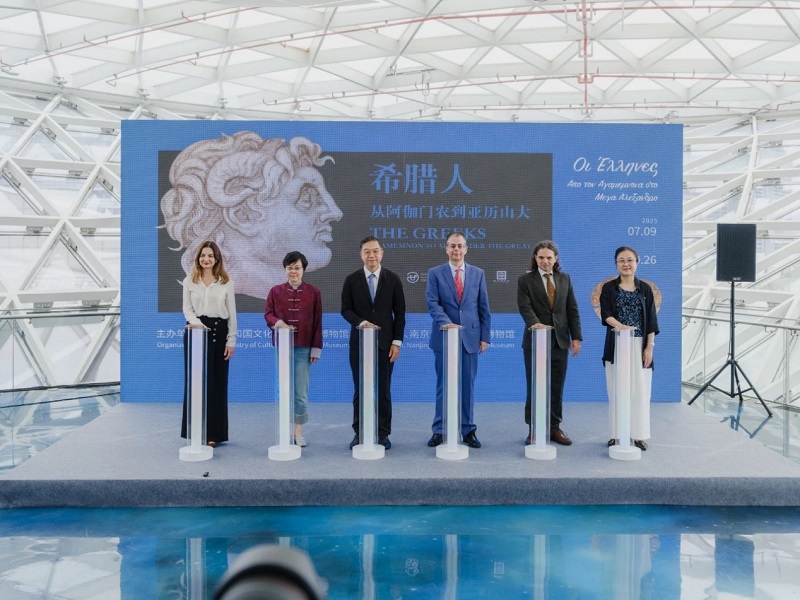
The exhibition "The Greeks: from Agamemnon to Alexander the Great" commenced on July 8 at the World Expo Museum in Shanghai, marking another milestone in Greek-Chinese cultural exchanges.
13:23, 07-14, 2025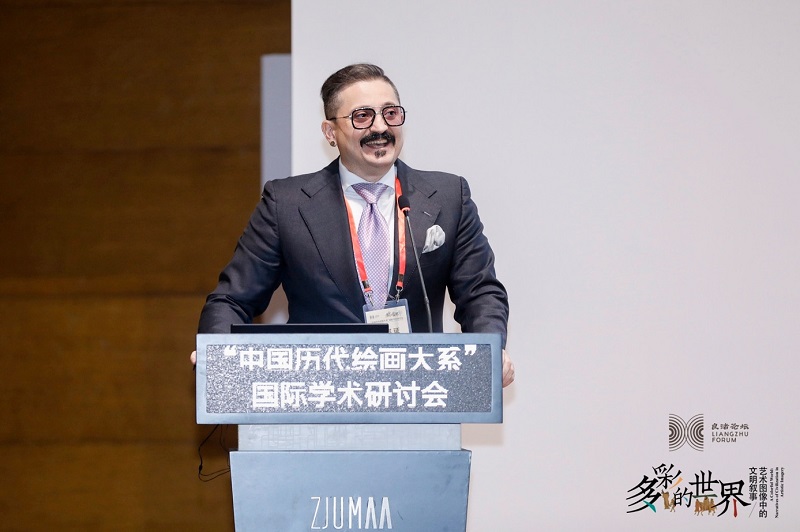
An Italian scholar fulfills his potential in China, through opportunities aligned with the country's vibrant cultural development.
15:40, 05-08, 2025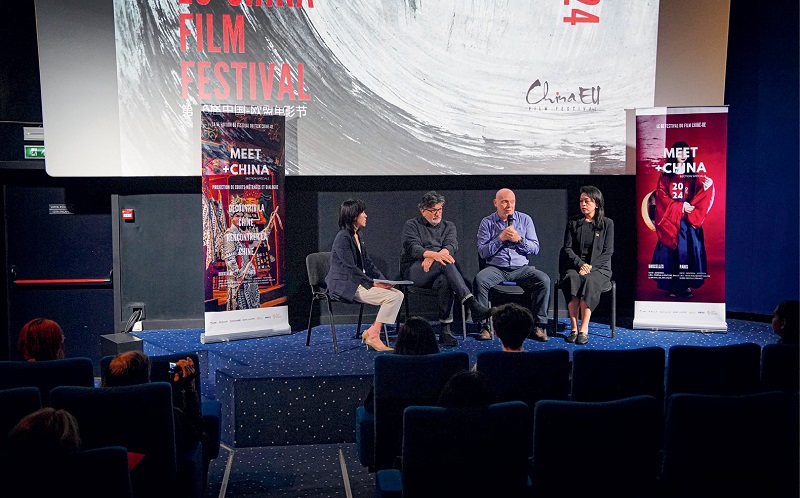
Over the past decade, the EU-China Film Festival has grown into an important platform promoting cultural exchanges and international communication.
09:34, 04-30, 2025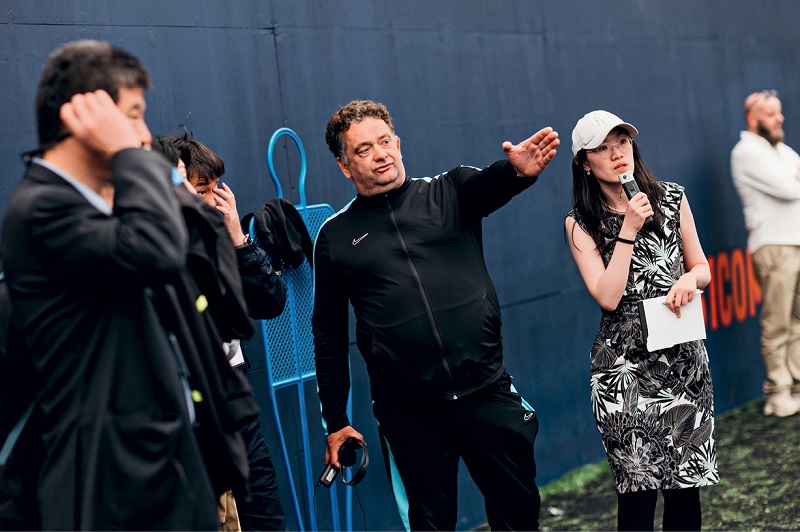
Premier League coaches develop skills of Chinese PE teachers and coaches, bolstering people-to-people exchanges.
09:29, 04-30, 2025The year 2025 marks the 80th anniversary of the Chinese People's War of Resistance against Japanese Aggression (1931-45) and the World Anti-Fascist War
11:13, 05-29, 2025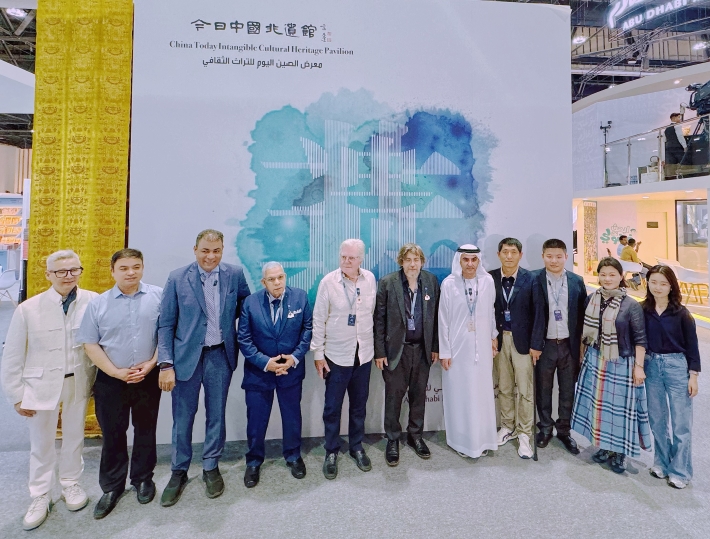
The China Today Intangible Cultural Heritage Pavilion, established by the Centre for Europe and Africa of China International Communications Group (CICG), made its debut on the opening day of the 34th Abu Dhabi International Book Fair at the Abu Dhabi National Exhibition Centre on 26 April.
14:29, 04-29, 2025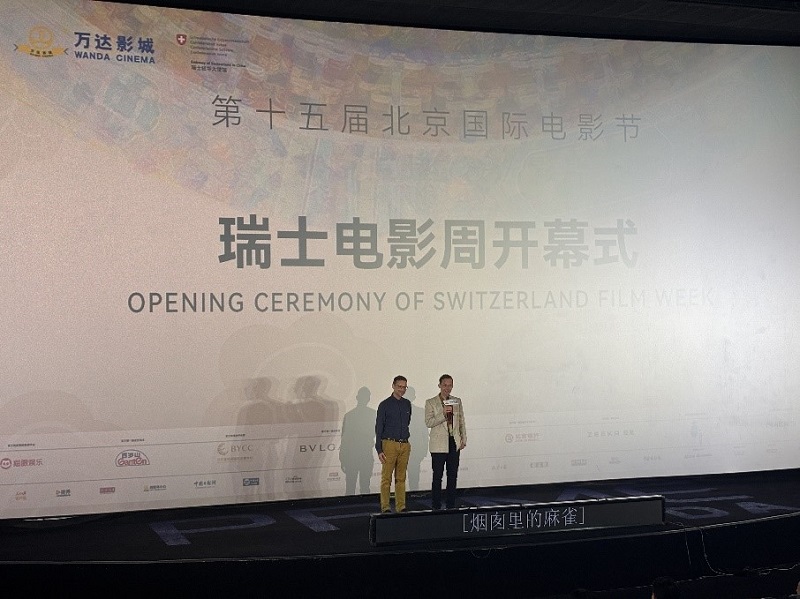
The opening ceremony of the Switzerland Film Week was held in Beijing on April 20, 2025, co-organized by the Organizing Committee of the 15th BJIFF and the Embassy of Switzerland in China.
15:34, 04-23, 2025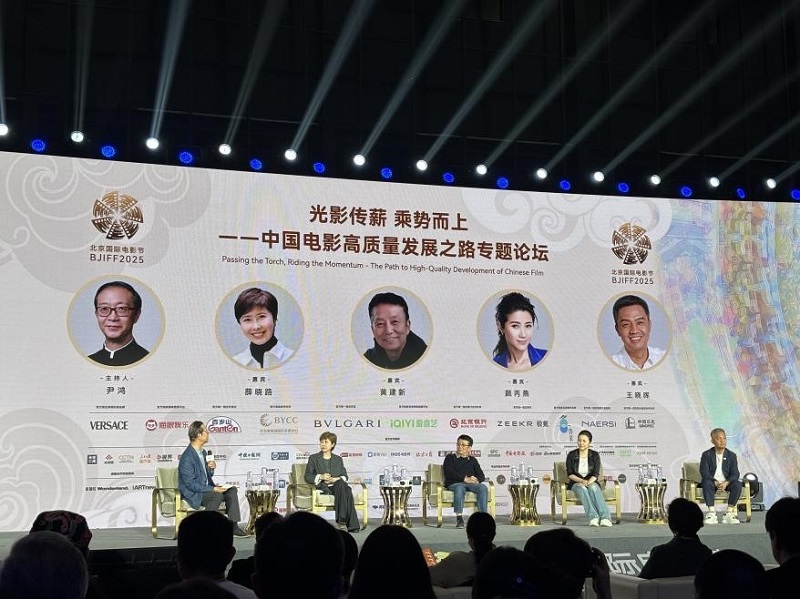
To review the path which China has taken to reach such outstanding achievements of Chinese films, a forum themed Passing the Torch, Riding the Momentum – The Path to High-Quality Development of Chinese Film was held in Beijing on April 19, 2025.
15:31, 04-23, 2025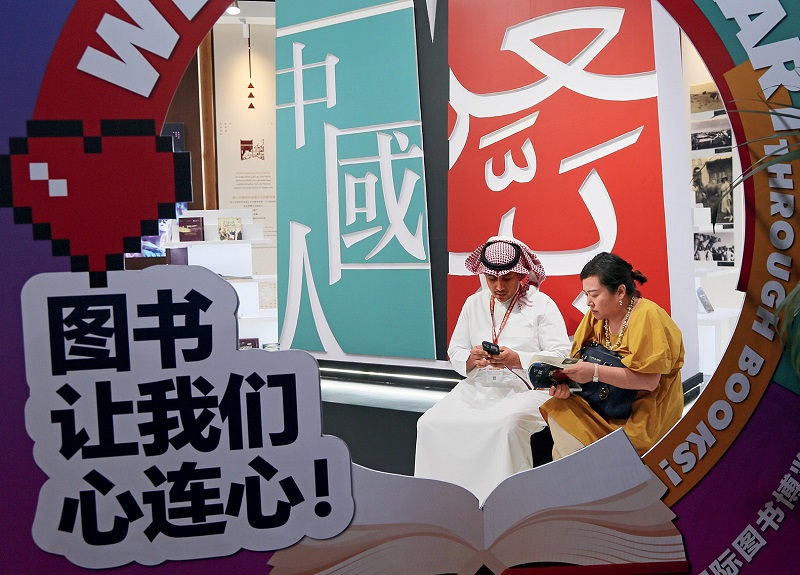
A Tunisian researcher finds the secret in a fusion of Arab culture, Chinese wisdom, and modern scientific thinking.
10:24, 04-01, 2025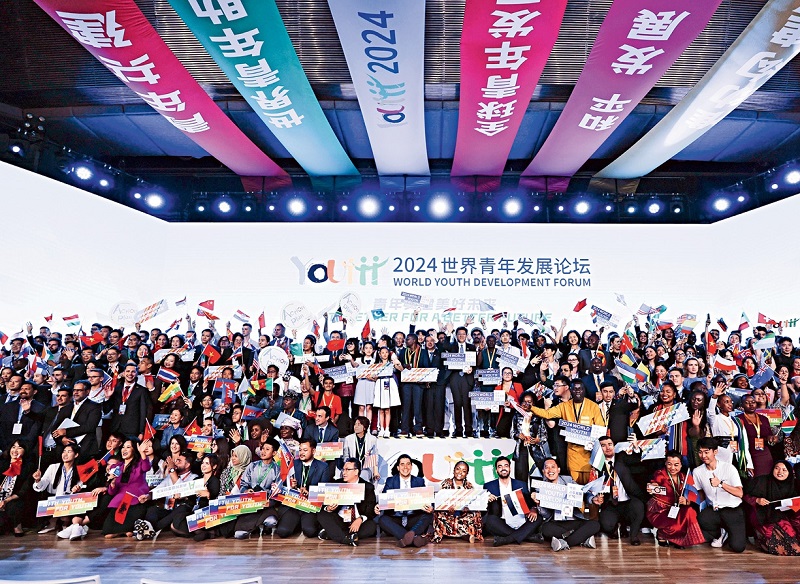
Love of peace and fairness has been a focus since ancient times, for domestic development as well as international exchanges.
10:20, 04-01, 2025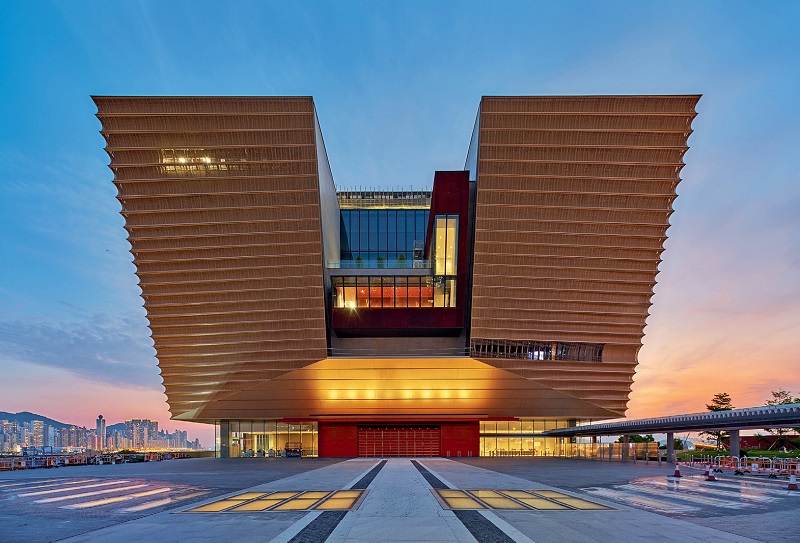
Besides supporting cultural tourism, the Hong Kong Palace Museum sees its mission as helping build a community with a shared future for all.
11:05, 03-03, 2025